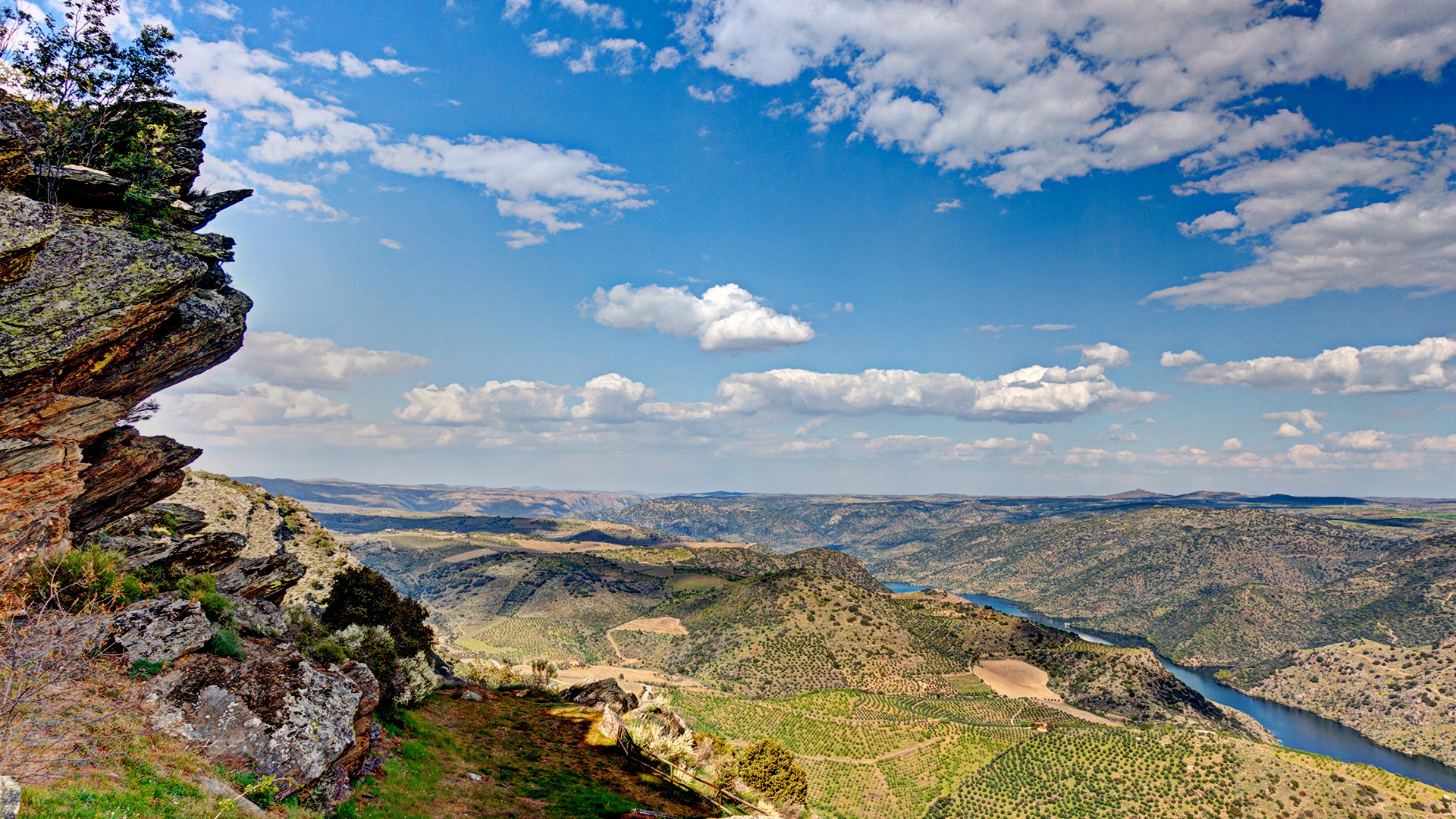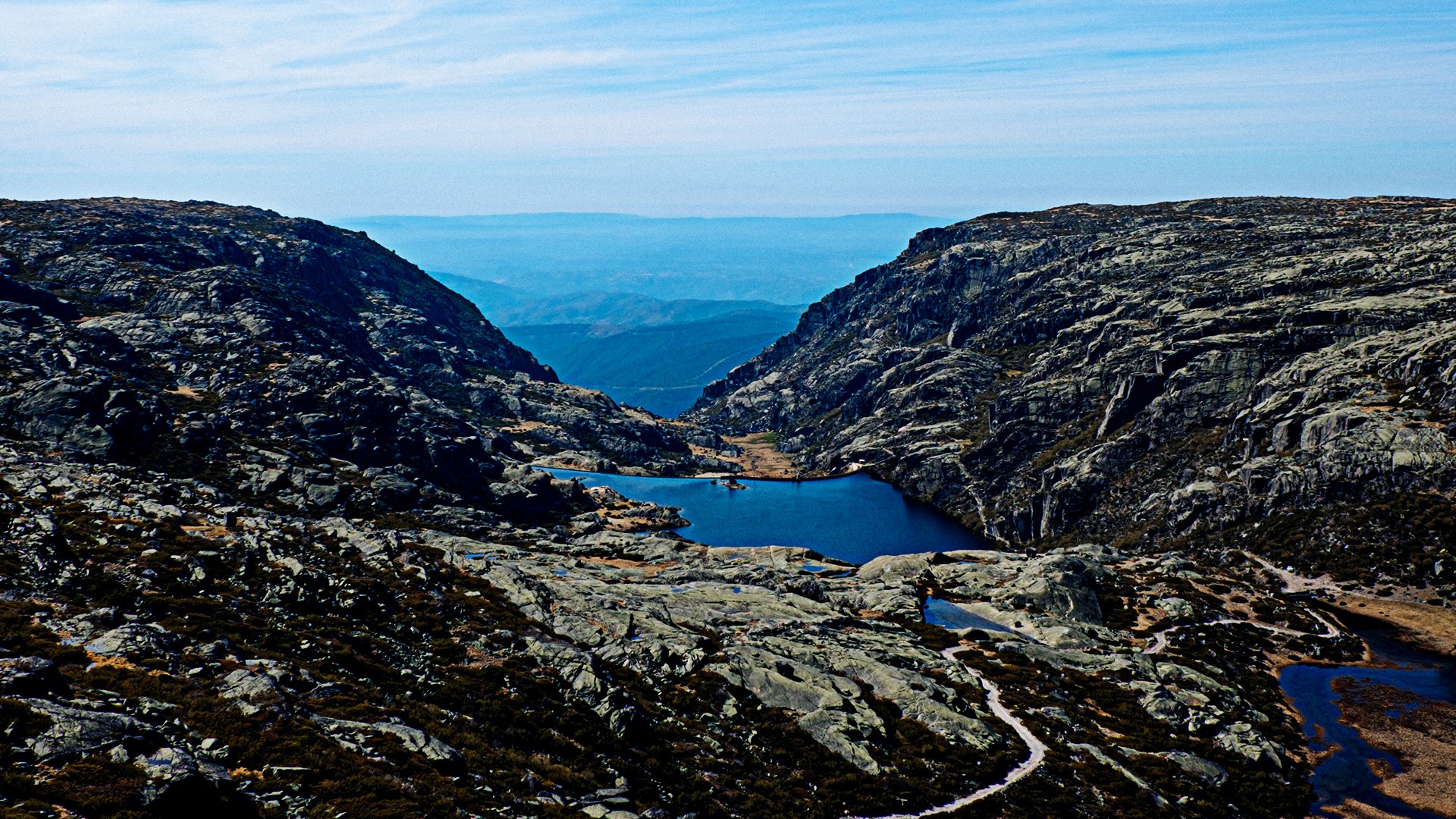Natural parks are protected areas presenting a great diversity of species of plants and animals and were created to protect ecosystems, thereby preserving natural beauty and creating a preferred bonding space between humans and nature. Upon visiting Portugal’s natural parks and watching the fauna and flora species in them we realise its biodiversity potential.
A natural park is an area in which natural or semi-natural ecosystems predominate (that is, they retain much of the original biodiversity, although altered by human beings) and whose preservation of biodiversity, in the long run, depends on human activity, thereby ensuring the sustainability of natural products and services. Other protected areas such as national parks, nature reserves, protected landscapes and natural monuments fall under Protected Areas and comply with the Protected Area Planning Plans.
The National System of Classified Areas (SNAC), established by Decree-Law No. 242/2015, of 15 October, comprises the National Network of Protected Areas (RNAP), the classified areas included in the Natura 2000 Network and other classified areas, following the commitments signed between Portugal and the European Union. RNAP thus cover Protected Areas, national, regional, local or private and which included National Parks, Nature Reserves, Protected Landscapes and Natural Monuments.
The aspects defining a national park have been adjusted over time and IUCN – International Union for Conservation of Nature currently considers a national park “a protected area managed mainly for the protection of the ecosystem and recreation purposes”. On land or at sea, the following is protected:
- The ecological integrity of ecosystems in the present and for the future;
- Excludes exploitation or occupation contrary to the purposes designed for that area;
- The space is open to all environmentally and culturally compatible opportunities (whether educational, scientific or tourist, for example). Spaces of connection with nature par excellence, these parks can be used for hiking, camping and wildlife watching, respecting nature, flora and fauna and helping its preservation.
By being classified natural park, the natural values of that area will be protected, promoting the development of the region and the country. This preservation of biodiversity includes, according to the same legal regime, the promotion of management practices ensuring conservation, creation of opportunities to promote recreational and leisure activities that respect their maintenance and promotion of other activities to assist sustainable local development.
In Portugal, the first natural park to be created was the Serra da Estrela Natural Park, in 1976, which is also the largest in the country, extending over 89 thousand hectares. Today, the ICNF – Institute for Nature Conservation and Forests identifies 14 natural parks in Portugal – learn more about them in this article .




